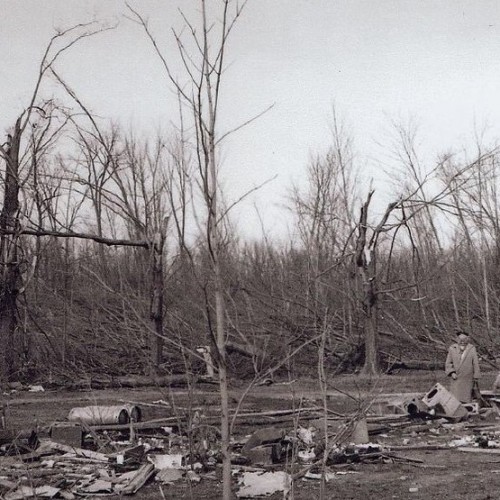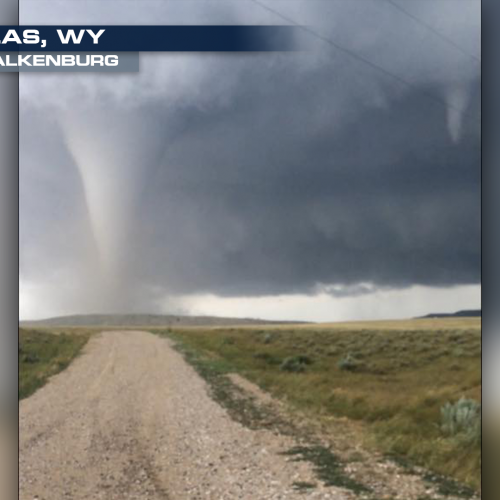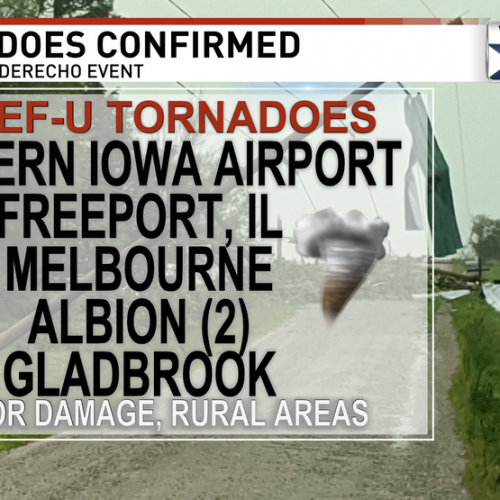Here are few reminders of what happened in the Springfield area the evening of March 12, 2006.
The Lauterbach Tire Man on Wabash Avenue has his head back on his tall shoulders. A couple of west-side hotels have new roofs. The Barrel Head restaurant and tavern on Wabash is open and thriving, and the former Cohen’s Furniture building is full of new tenants. An east-side neighborhood has been rebuilt and restored.
But the tornadoes that roared through Greene and Morgan counties, rural areas of Sangamon County, then Jerome and Springfield that Sunday night are embedded in the memories of those who endured them.
“It is probably the most devastating thing I have ever witnessed,” said Ward 3 Ald. Doris Turner, who in 2006 represented the east side of Springfield on the Sangamon County Board.
The thing that people most remember is the spirit of cooperation and unsolicited offers of help that came from all quarters in the aftermath of the storm.
Both Springfield twisters followed southwest-to-northeast paths. The first followed the Great Western and Norfolk Southern railroad tracks into Springfield at about 8:20 p.m. It traveled about 5 1/2 miles through Jerome and Springfield before it dissipated near South Grand Avenue and Ninth Street. Five minutes later, a second tornado formed near South Grand and Taylor avenues and traveled about 4 miles before it ran out of gas near Interstate 55 and Clear Lake Avenue.
Areas east of Seventh Street between Ash Street and South Grand Avenue and in Jerome, Westchester, Sherwood and other scattered locations bore the brunt of the 12 minutes of fury.
Some of the most widespread destruction was in a neighborhood bounded by Laurel and Ash between Martin Luther King Drive and Wheeler Avenue. Homes on Cedar Street were particularly hard hit.
Damage, no death
The numbers tell the story:
The tornadoes began as an F1 but became an F2, with winds of 111-135 miles per hour, as they moved through Springfield.
In Springfield, city figures showed 1,548 homes damaged, 255 of them heavily damaged or destroyed; 55 commercial buildings heavily damaged or destroyed; and 1,000 homes considered uninhabitable.
About 40 streets in Springfield were still impassible in spots on the morning of March 14, and several thousand were without power.
The Springfield Park District lost 250 trees on its properties alone.
Tax assessors determined $7.5 million in damage in Sangamon County, $3.3 million of that in Capital Township.
The American Red Cross, Contact Ministries and the Salvation Army spent more $730,000 on relief efforts from March 12 through April.
But the most important number was zero — the number of people who suffered major injuries or were killed.





